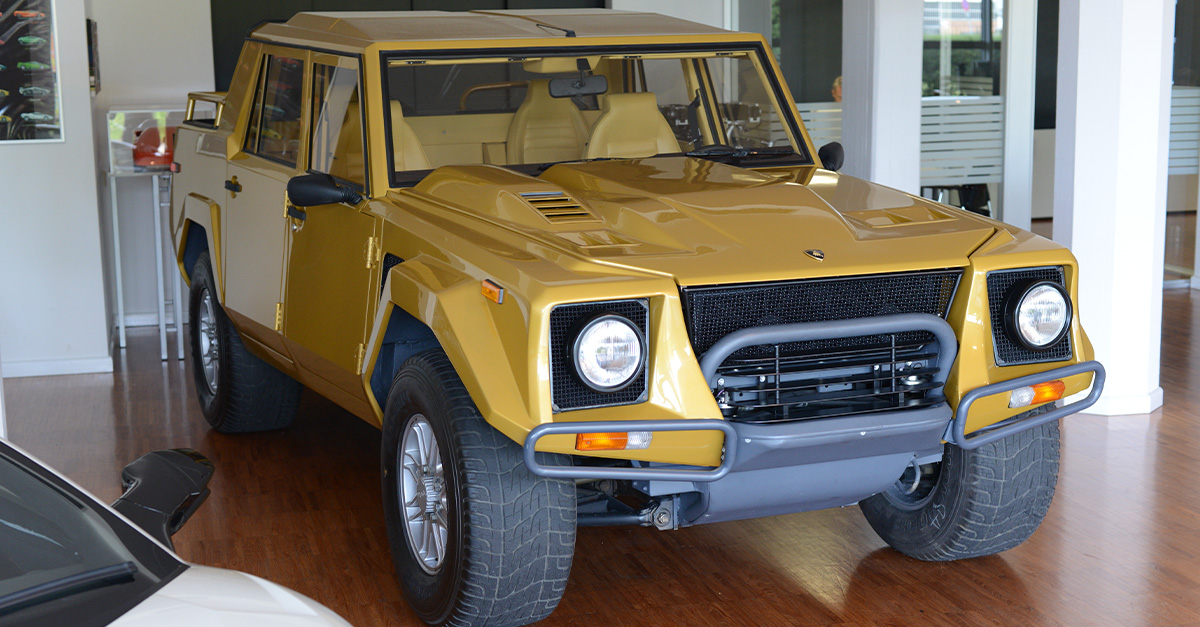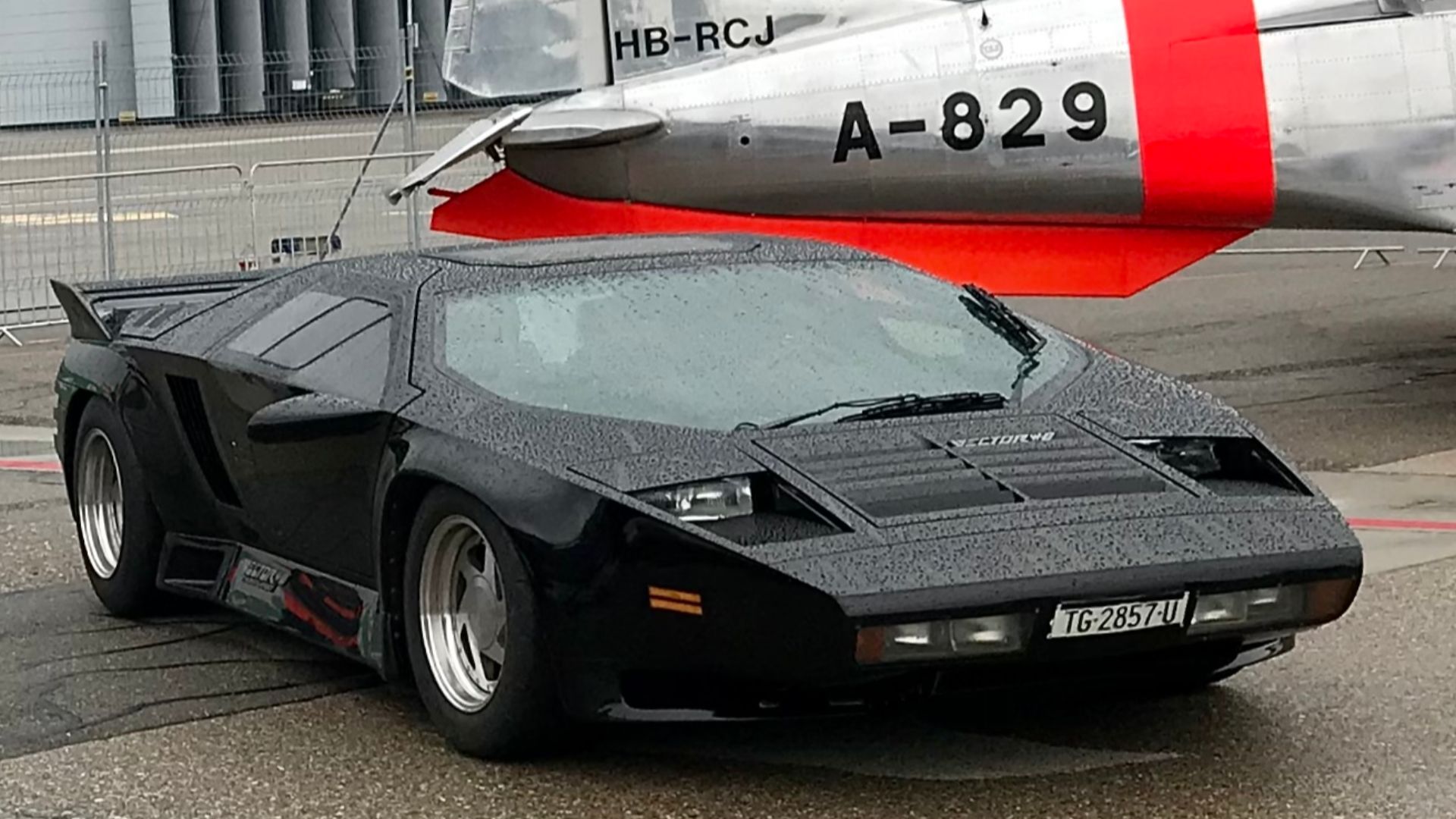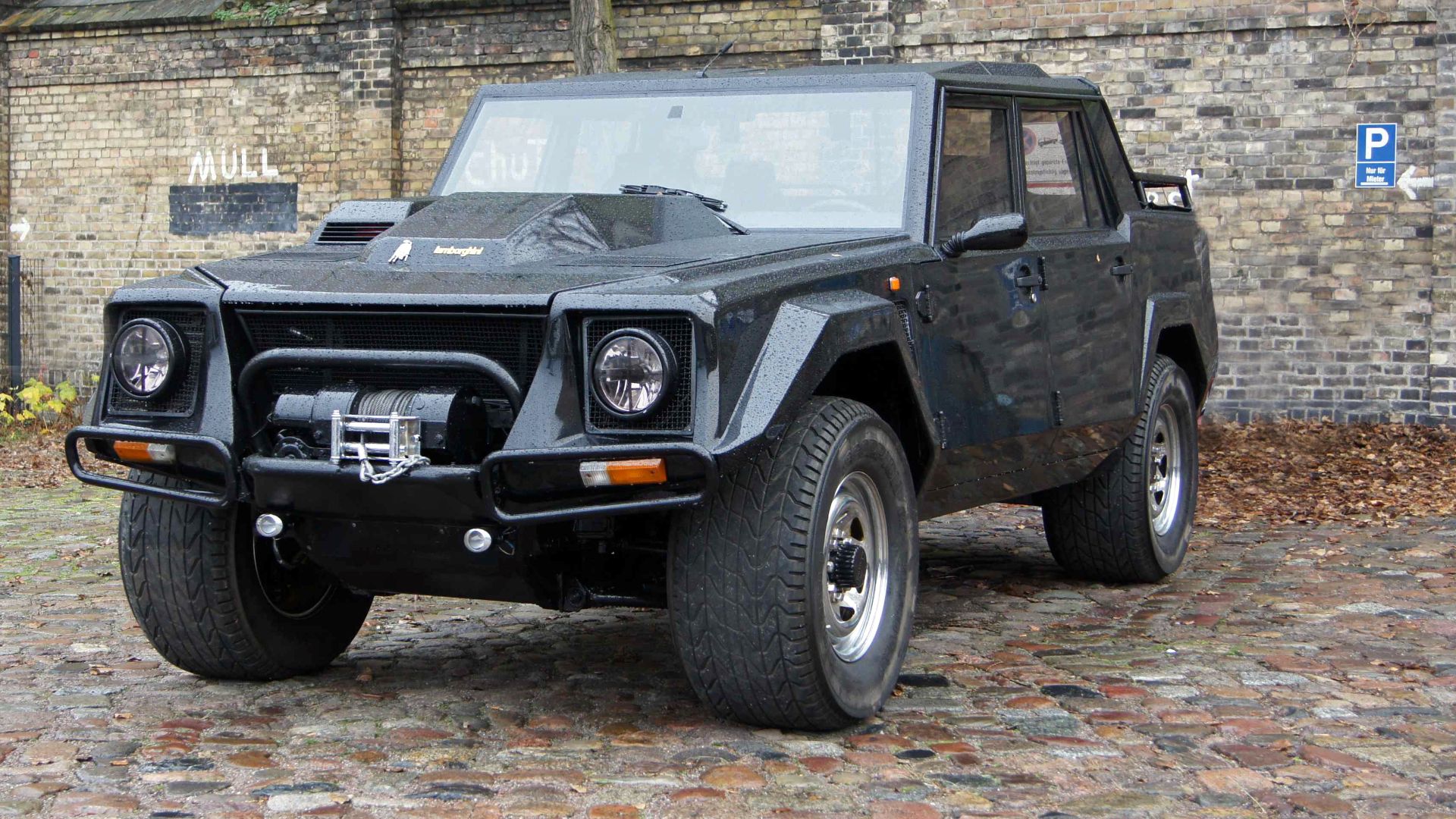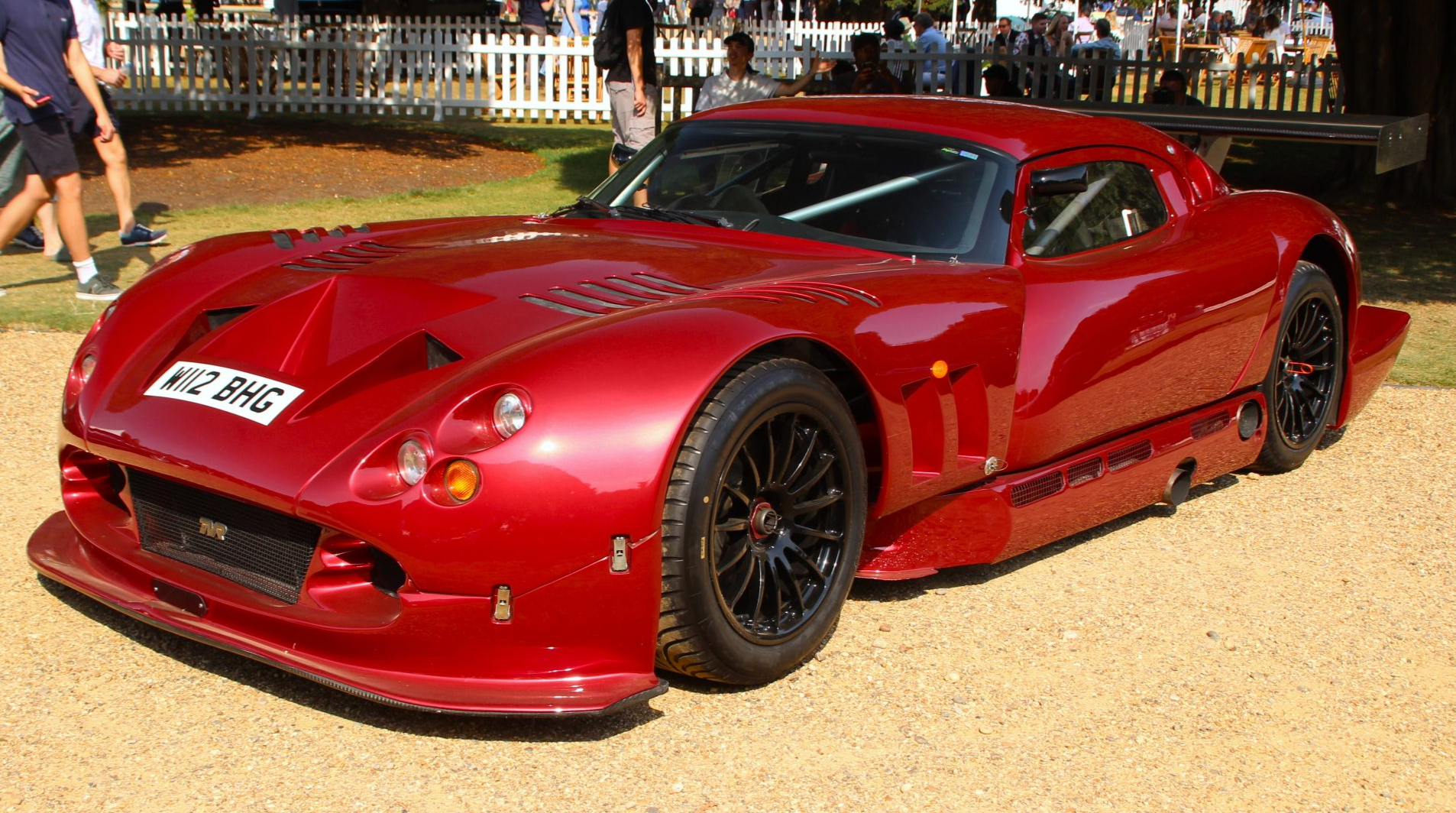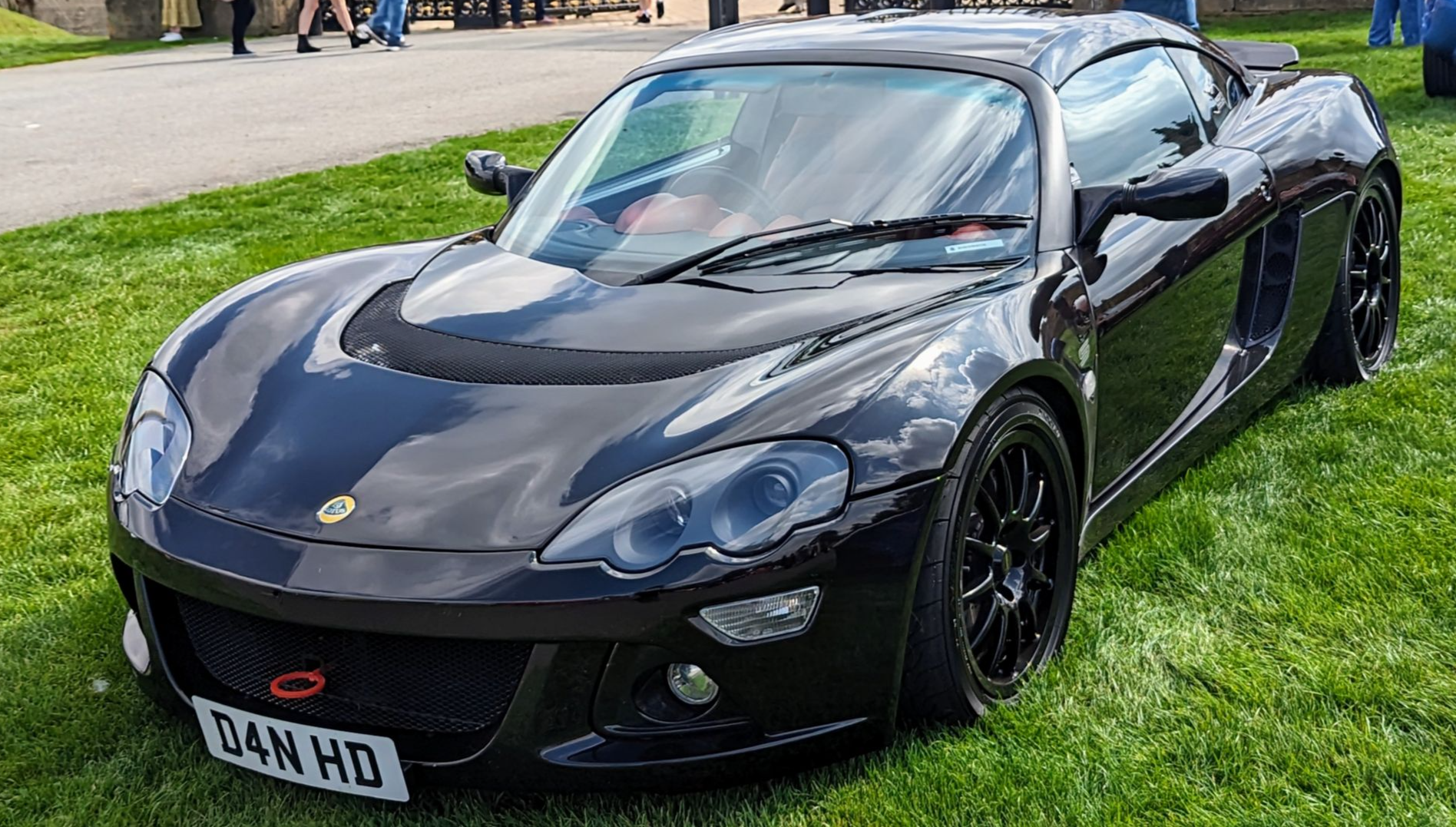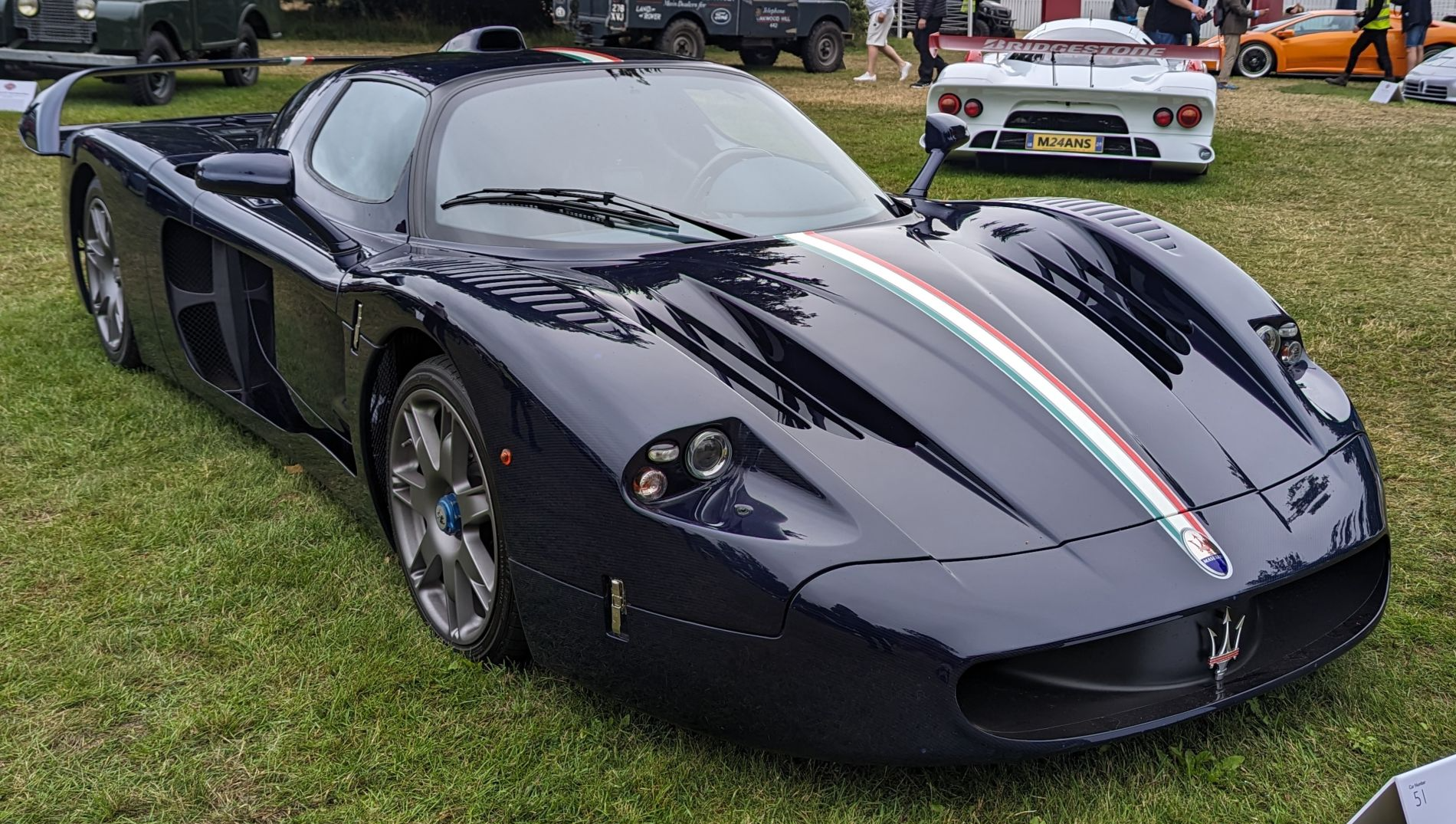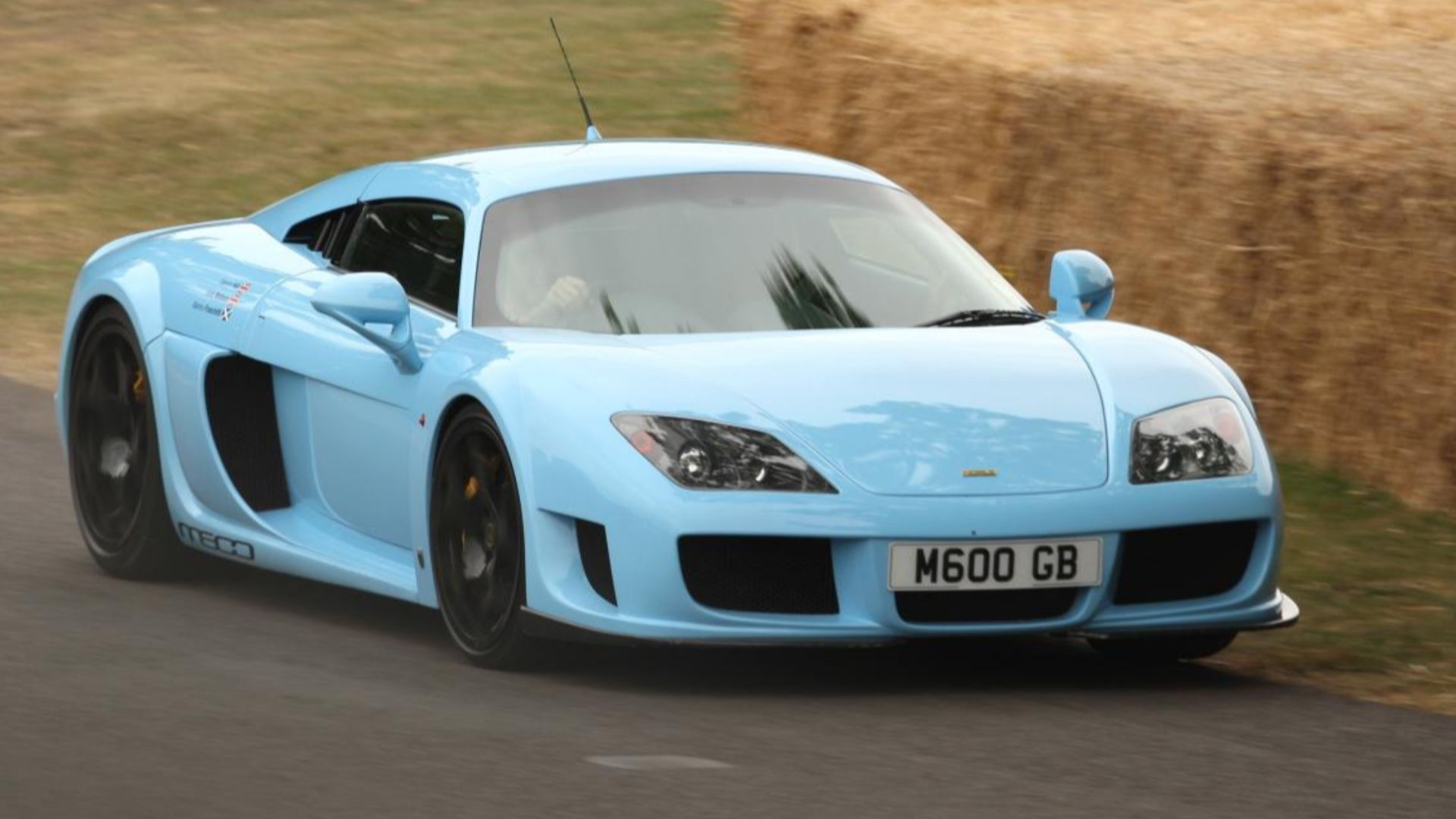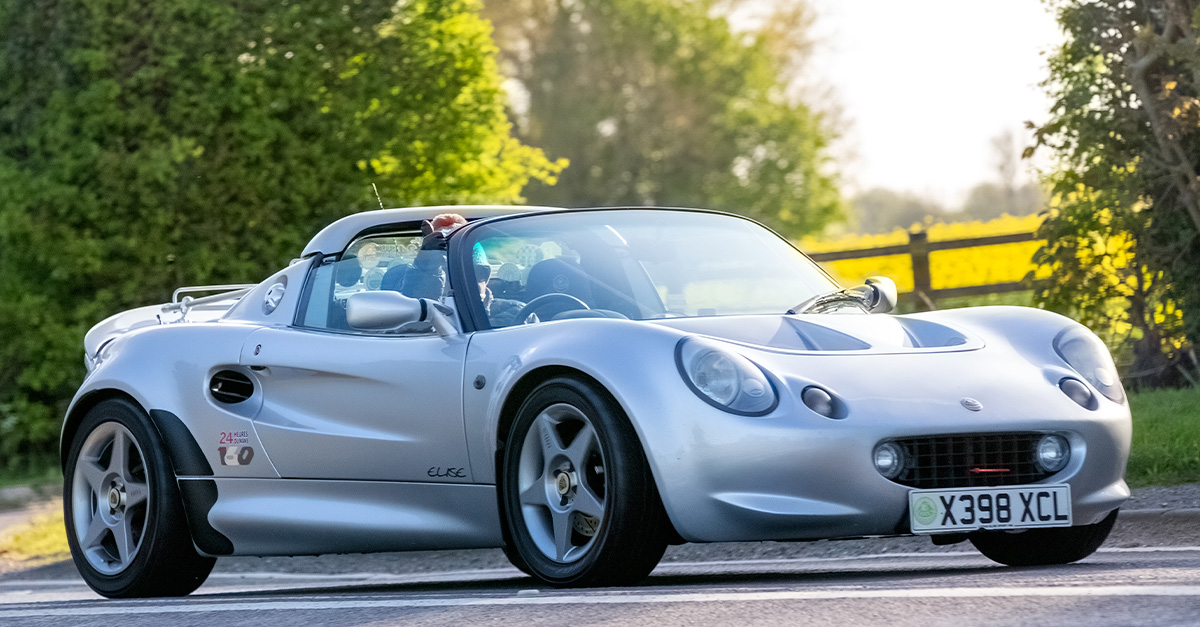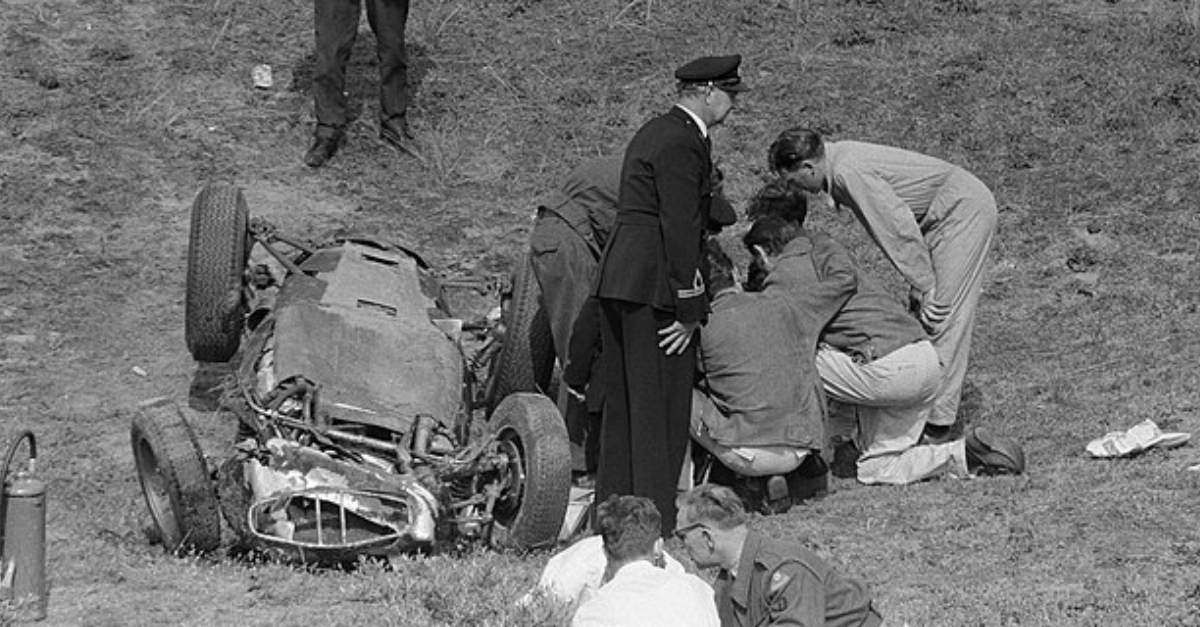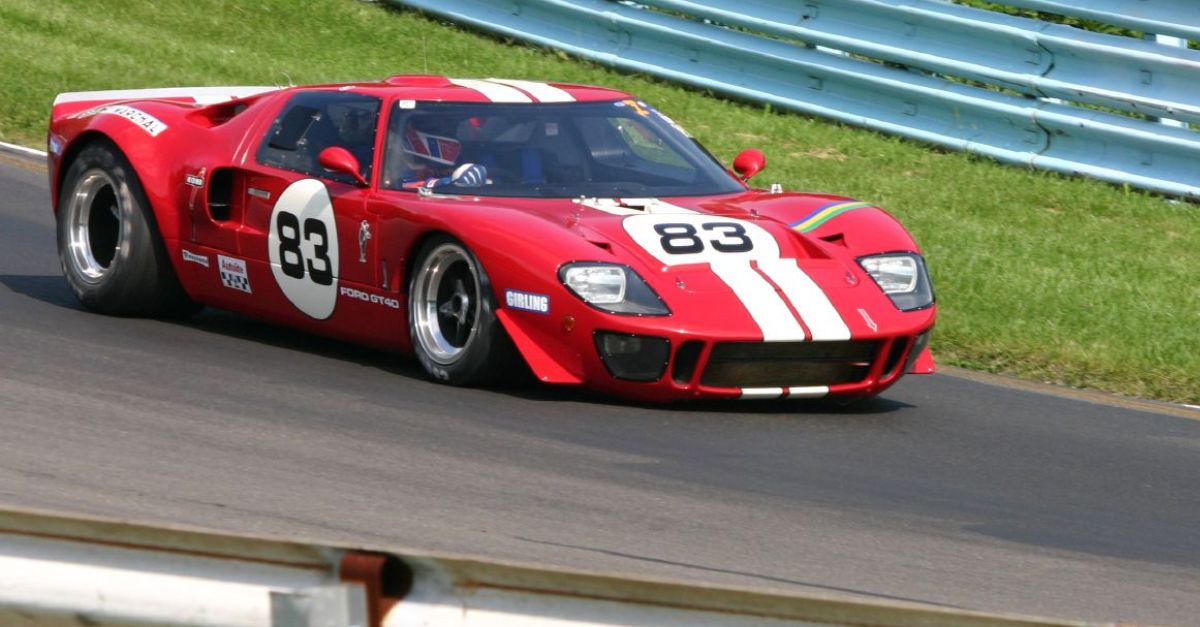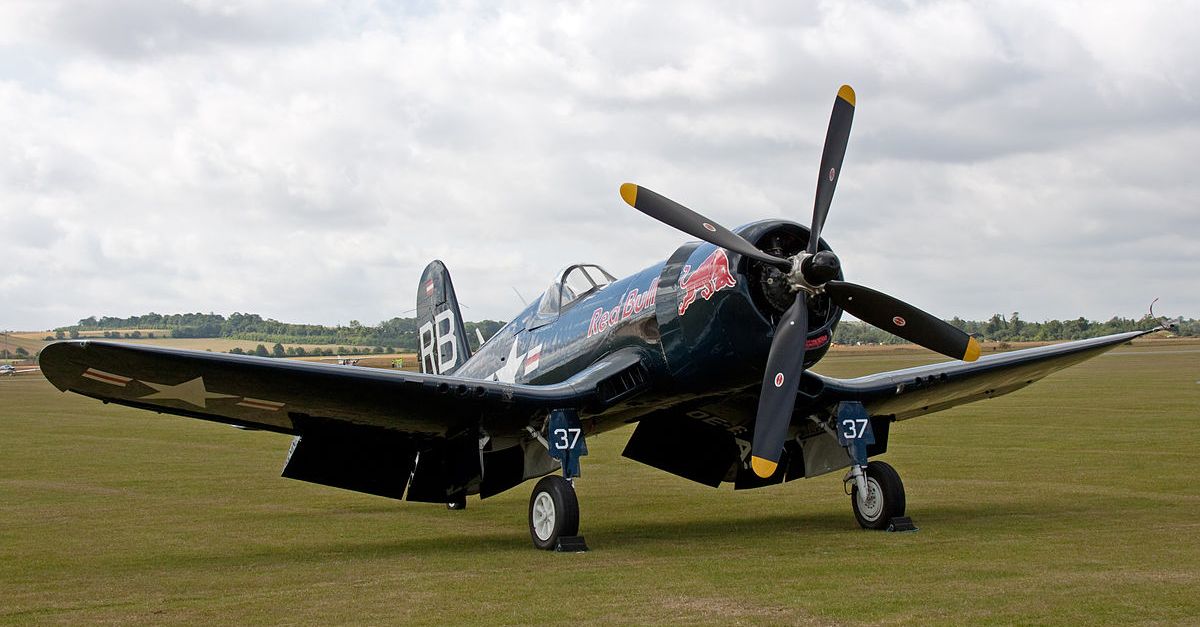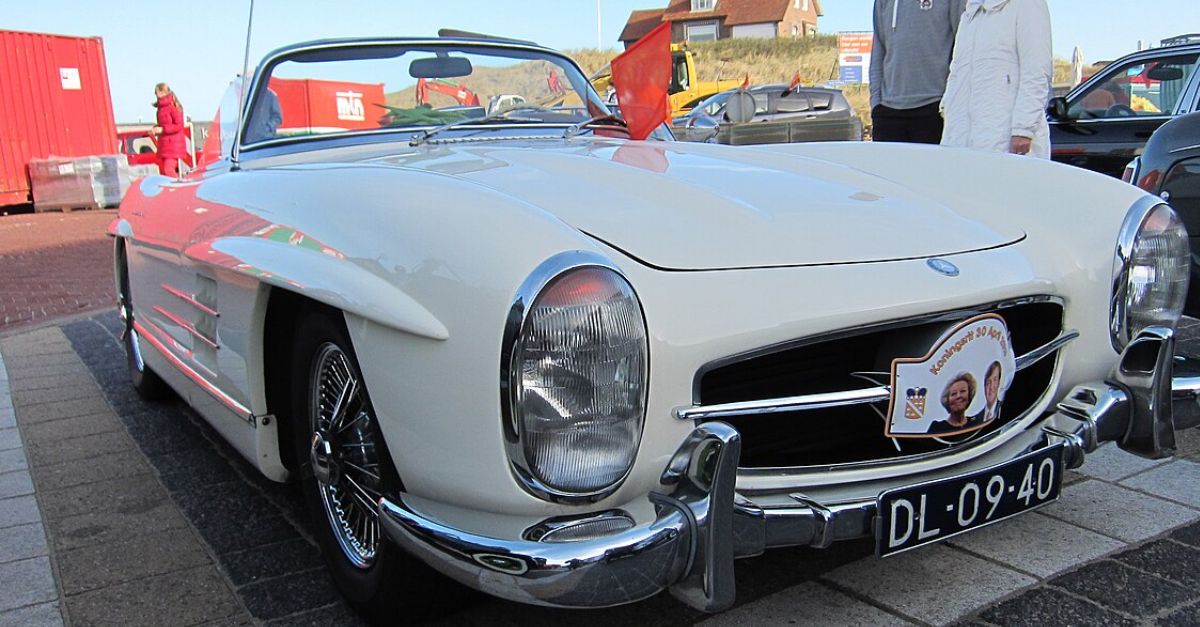These Speed Demons Were "Supercars" In Name Only
Speed, style, and status are supposed to define a supercar. But not every exotic machine with a monster engine earns a place in history’s winner’s circle. Sometimes, it’s a matter of poor timing, bad engineering, or just plain weird decisions. From overpriced experiments to undriveable prototypes, these are the supercars that promised everything—and delivered a whole lot of meh.
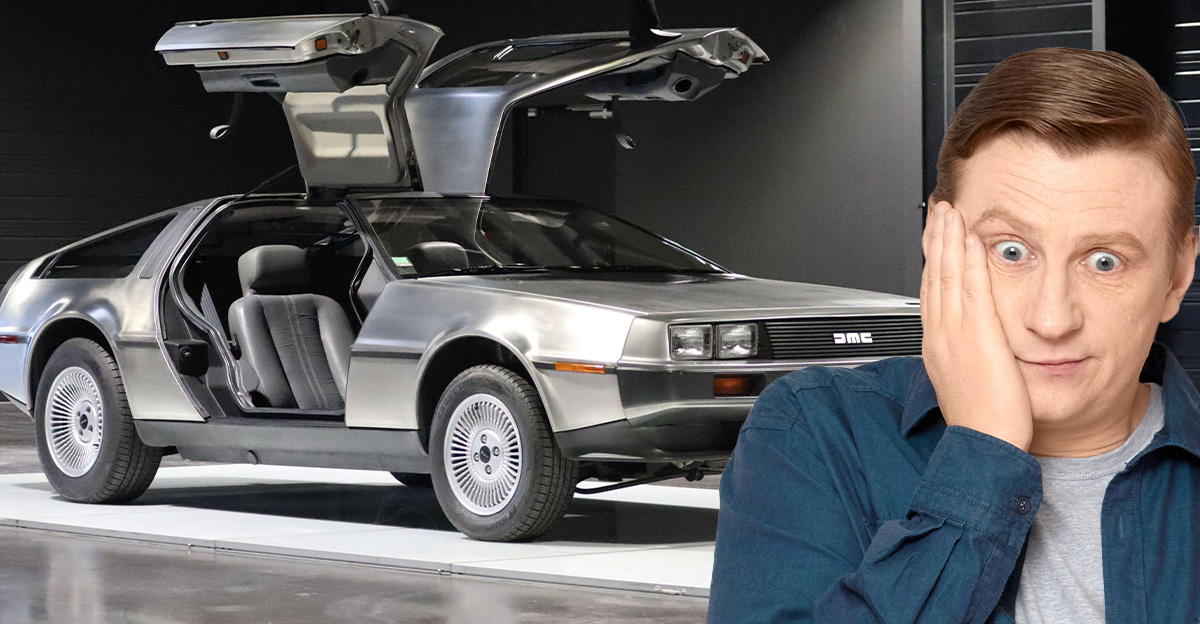
Vector W8 (1990–1993)
America’s first crack at building a supercar came with the Vector W8—a 625HP, twin-turbo V8 spaceship promising over 240 MPH. On paper, it was a missile. But with clunky transmission, uneven build quality, and a price tag over $400K, it massively underdelivered. The flop factor here? An overhyped fantasy that buckled under real-world expectations, with just 17 units escaping the factory.
Jaguar XJ220 (1992–1994)
The XJ220 was a case of broken promises: originally announced with a V12 and AWD, it landed with a twin-turbo V6 and RWD. Though it delivered 542HP and a 212 MPH top speed, fans and collectors alike felt betrayed by the spec downgrade. The flop factor stemmed from a reputation ruined by unmet hype, economic recession, and a staggering $650K price tag.
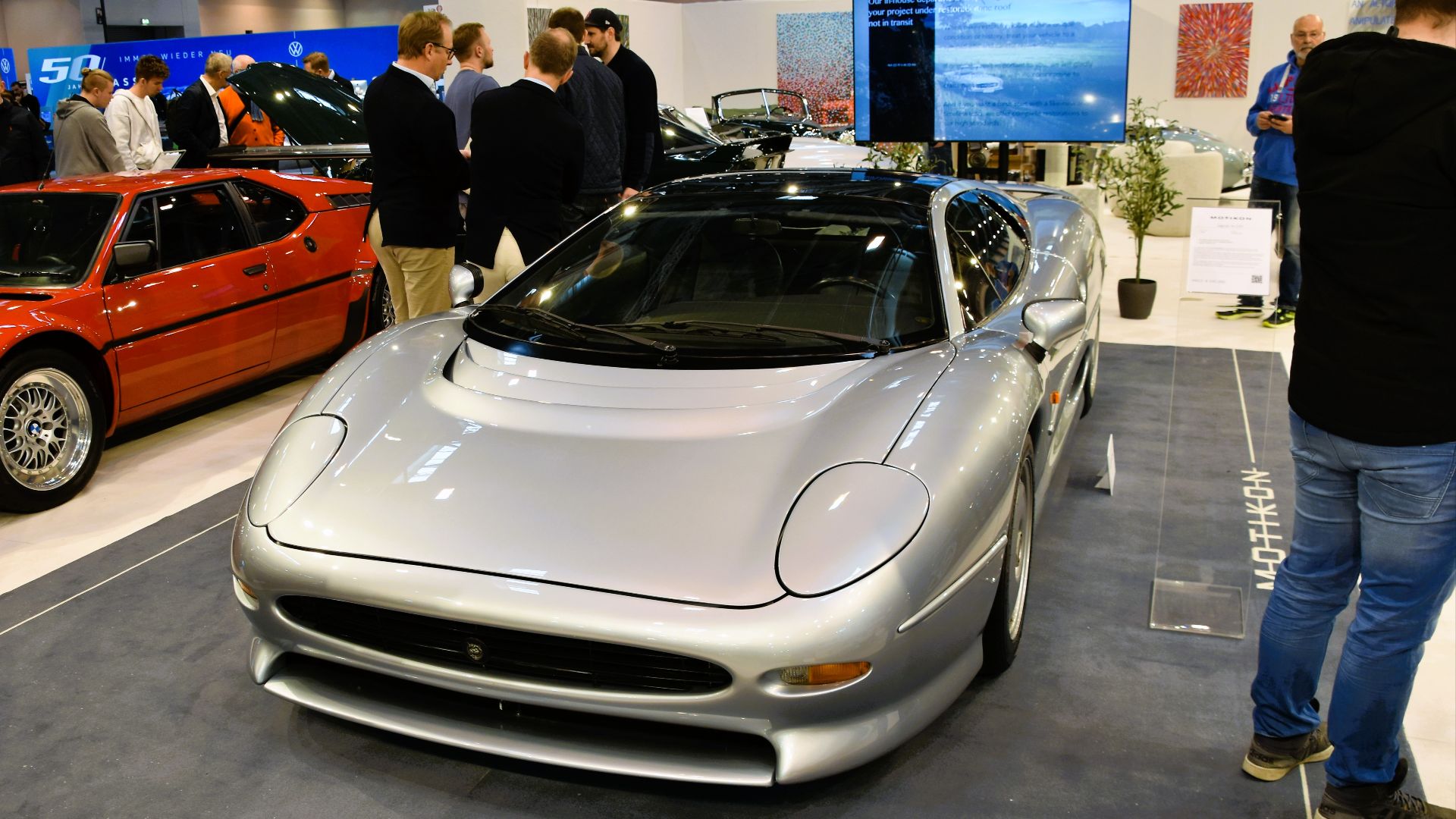 Charles from Port Chester, New York, Wikimedia Commons
Charles from Port Chester, New York, Wikimedia Commons
DeLorean DMC-12 (1981–1983)
It’s a Hollywood legend, sure—but the DeLorean DMC-12 wanted to be a supercar and barely managed to be a sporty coupe. With just 130HP and a sluggish 10.5-second 0–60 time, it was all style, no substance. The flop factor wasn’t just about the poor performance—it was a tangled mess of legal drama, manufacturing issues, and unmet performance ambitions.
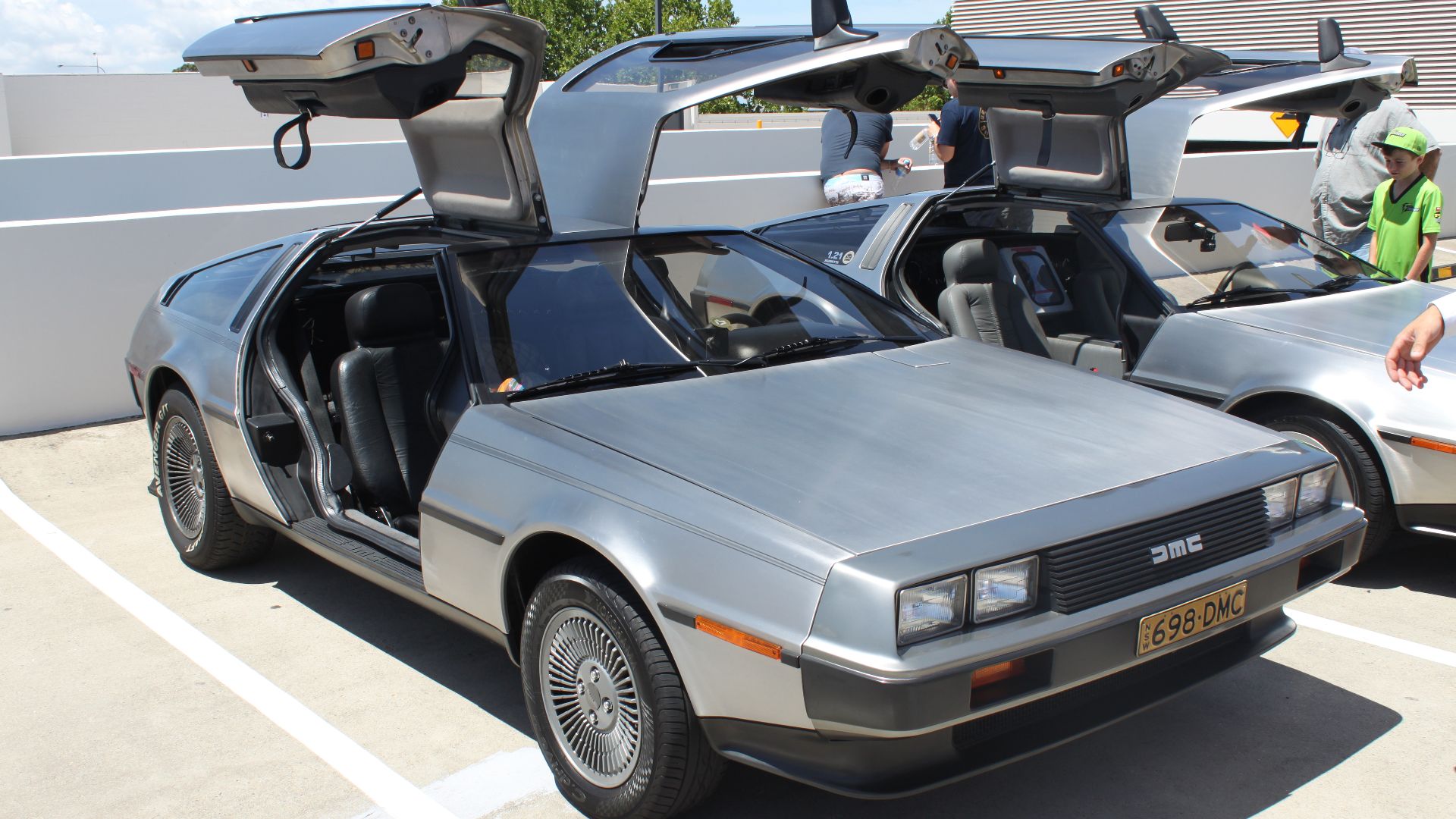 Jeremy from Sydney, Australia, Wikimedia Commons
Jeremy from Sydney, Australia, Wikimedia Commons
Cizeta V16T (1991–1995)
Imagine cramming two Lamborghini V8s into a single supercar—Cizeta did just that with its 560HP V16 monster. It was loud, wild, and cost over $650,000. But only a dozen were ever sold. The flop factor? Despite jaw-dropping engineering, it was a one-man dream that proved far too exotic and expensive for real-world success.
 Craig Howell from San Carlos, CA, USA, Wikimedia Commons
Craig Howell from San Carlos, CA, USA, Wikimedia Commons
Lamborghini LM002 (1986–1993)
Nicknamed the “Rambo Lambo,” the LM002 shoved a 450HP Countach V12 into an SUV body and took the off-road world by storm—sort of. Its military roots, gas-guzzling thirst, and awkward handling turned off most buyers. The flop factor came from stuffing supercar power into a vehicle no one actually wanted to daily drive.
TVR Cerbera Speed 12 (1990s, Prototype)
With nearly 1,000HP and a goal of dominating every racetrack and highway, the Speed 12 was a British beast too feral to tame. Even TVR’s CEO declared it unsafe for the public. The flop factor here was simple: a supercar so dangerous it never reached production—killed by its own monstrous potential.
Bricklin SV-1 (1974–1976)
The SV-1 promised a "safety sports car" with gullwing doors and futuristic vibes, but its 220HP V8 and poor quality control made it a nightmare to own. At over 3,500 pounds, it drove like a barge. Its flop factor lies in mismatched branding—prioritizing safety in a segment built on speed and thrill.
 KyleStockton92, Wikimedia Commons
KyleStockton92, Wikimedia Commons
Lotus Europa S (2006–2010)
This was Lotus trying to go mainstream, building a 200HP turbocharged GT with soft edges and luxury touches. The result? A car that alienated hardcore fans without drawing in new ones. The flop factor here was Lotus forgetting what made it special—trading raw performance for bland comfort, and failing on both fronts.
Maserati MC12 (2004–2005)
A re-bodied Ferrari Enzo should’ve been a guaranteed success, especially with 620HP and a 205 MPH top speed. But the MC12’s massive proportions, stripped-down cabin, and bloated price turned buyers off. Its flop factor was being an overpriced clone that didn’t quite match its source material in charisma or performance.
Acura NSX (2nd Gen, 2016–2022)
The reborn NSX arrived with a high-tech hybrid system, 573HP, and electric motors delivering sharp handling. But its muted soundtrack and clinical feel didn’t excite like its competitors. Its flop factor? It tried too hard to be perfect, forgetting that supercars need drama just as much as lap times.
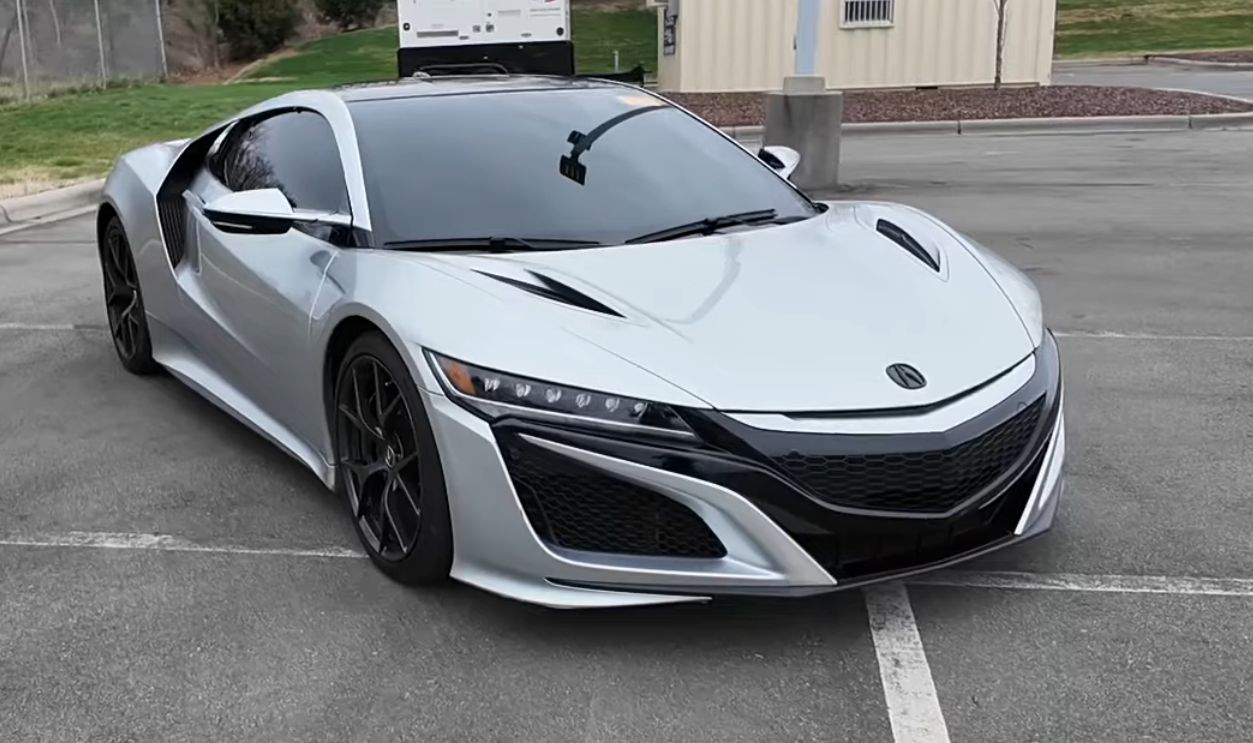 Is the Acura NSX the Best Hybrid Supercar That’s Actually Affordable!?, Bros FOURR Speed
Is the Acura NSX the Best Hybrid Supercar That’s Actually Affordable!?, Bros FOURR Speed
Bugatti EB110 (1991–1995)
A 553HP quad-turbo V12 with AWD and a 213 MPH top speed should’ve made the EB110 a hero. But Bugatti’s comeback was crushed by economic collapse and identity confusion. The flop factor wasn’t performance—it was launching a hypercar into a world that just wasn’t ready, at a price few could justify.
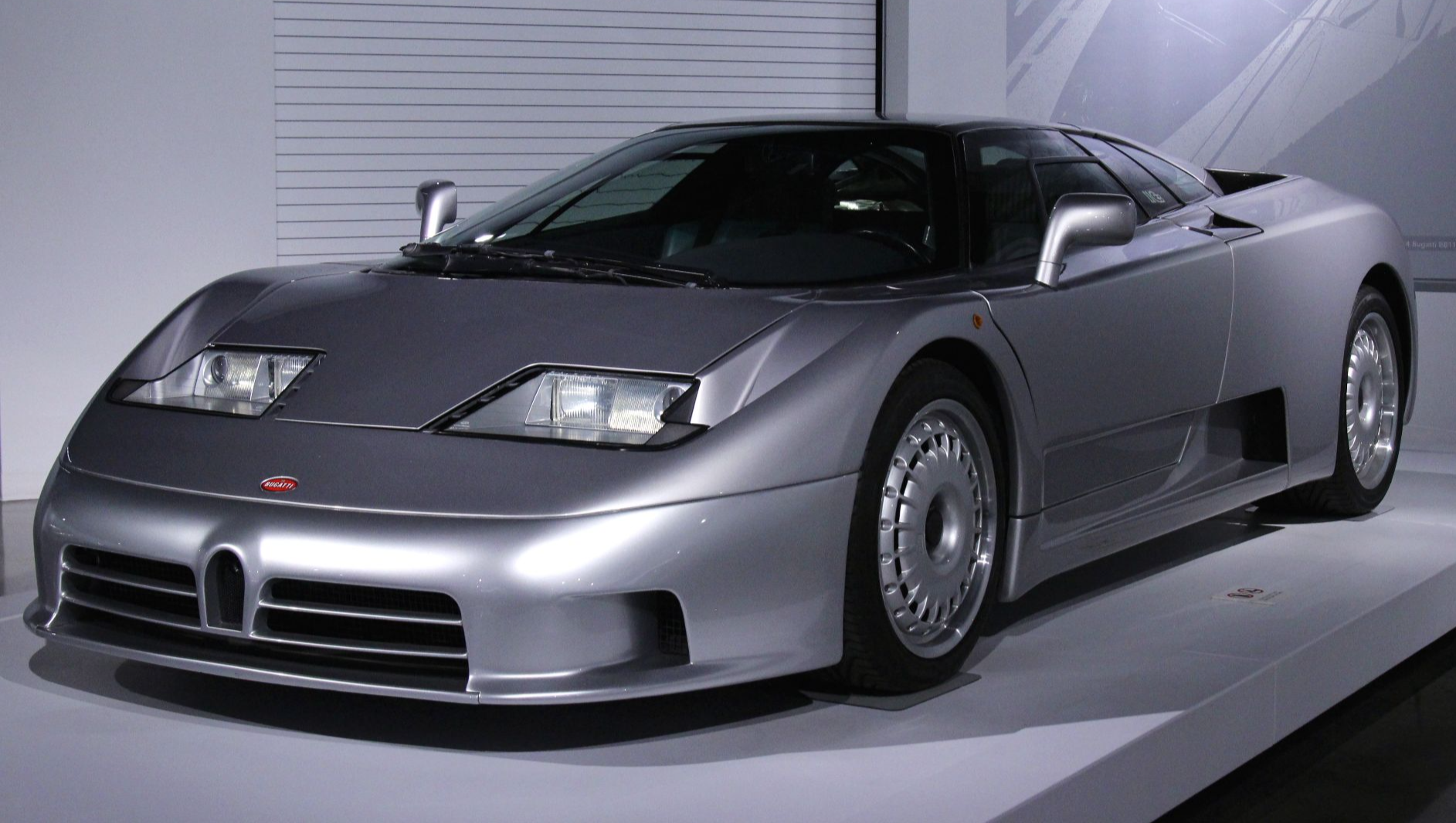 Prayitno / Thank you for (12 millions +) view from Los Angeles, USA, Wikimedia Commons
Prayitno / Thank you for (12 millions +) view from Los Angeles, USA, Wikimedia Commons
Spyker C8 (2000s)
With exposed gear linkages and fighter-jet details, the Dutch-built C8 was absolutely stunning. It packed a 400HP Audi V8 and oozed steampunk cool, but it was plagued by poor reliability and high prices. The flop factor? Boutique flash without the backing of a real support network.
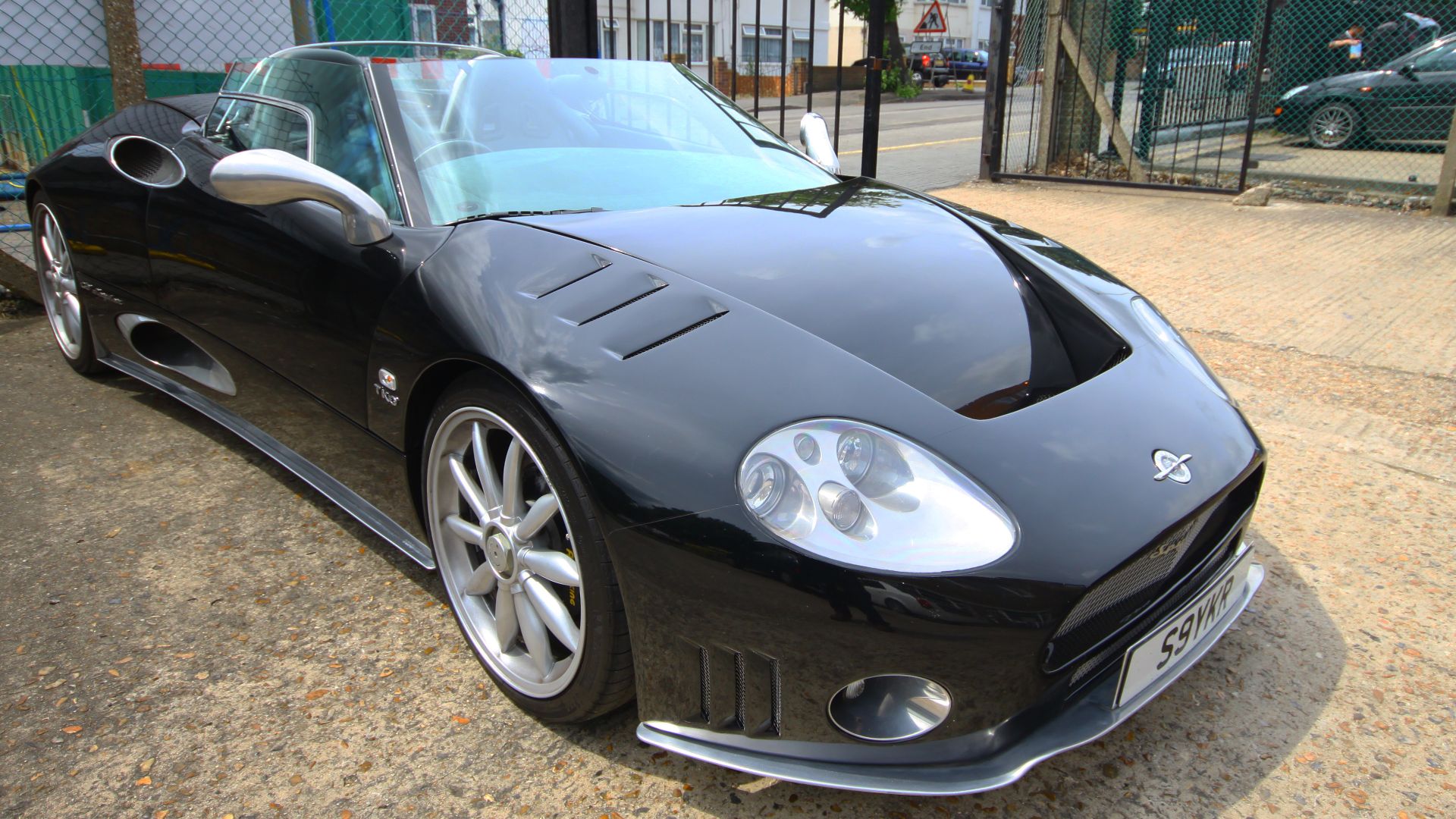 Shane's Stuff, Wikimedia Commons
Shane's Stuff, Wikimedia Commons
Isdera Commendatore 112i (1993)
This one-off German prototype featured a 6.0L Mercedes V12 and a claimed 211 MPH top speed. Sleek and radical, it had supercar dreams—but never made it past concept. Its flop factor was tragic: brilliant engineering undone by financial failure before it even got a fighting chance.
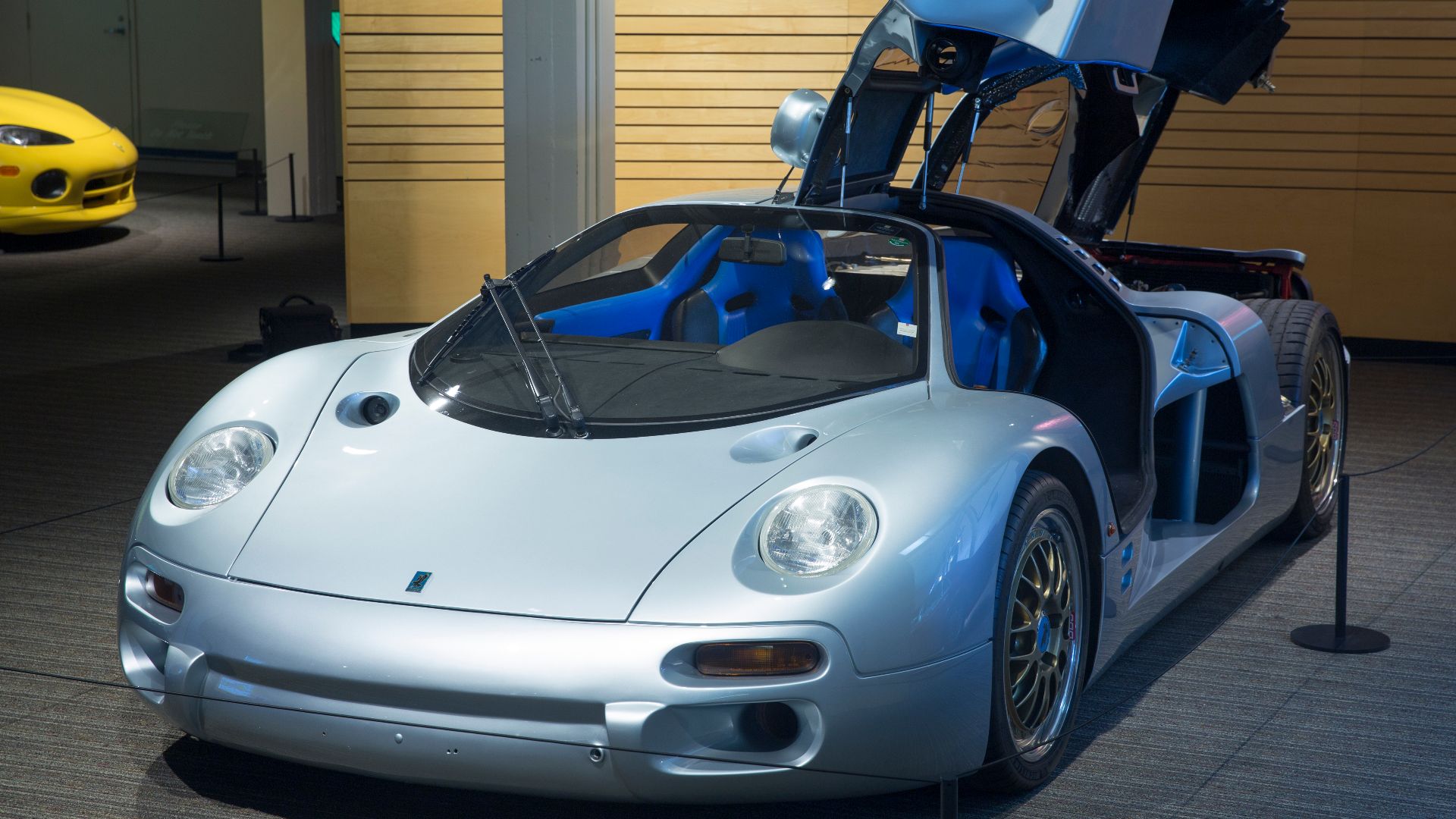 Mr.choppers, Wikimedia Commons
Mr.choppers, Wikimedia Commons
Callaway C12 (1998–1999)
Built on a Corvette platform with 440HP and Euro refinement, the C12 aimed to challenge Ferrari at a $200K price point. Unfortunately, it offered little that the regular Corvette couldn’t do at half the cost. The flop factor came down to trying to sell American muscle as European art—without enough polish to pull it off.
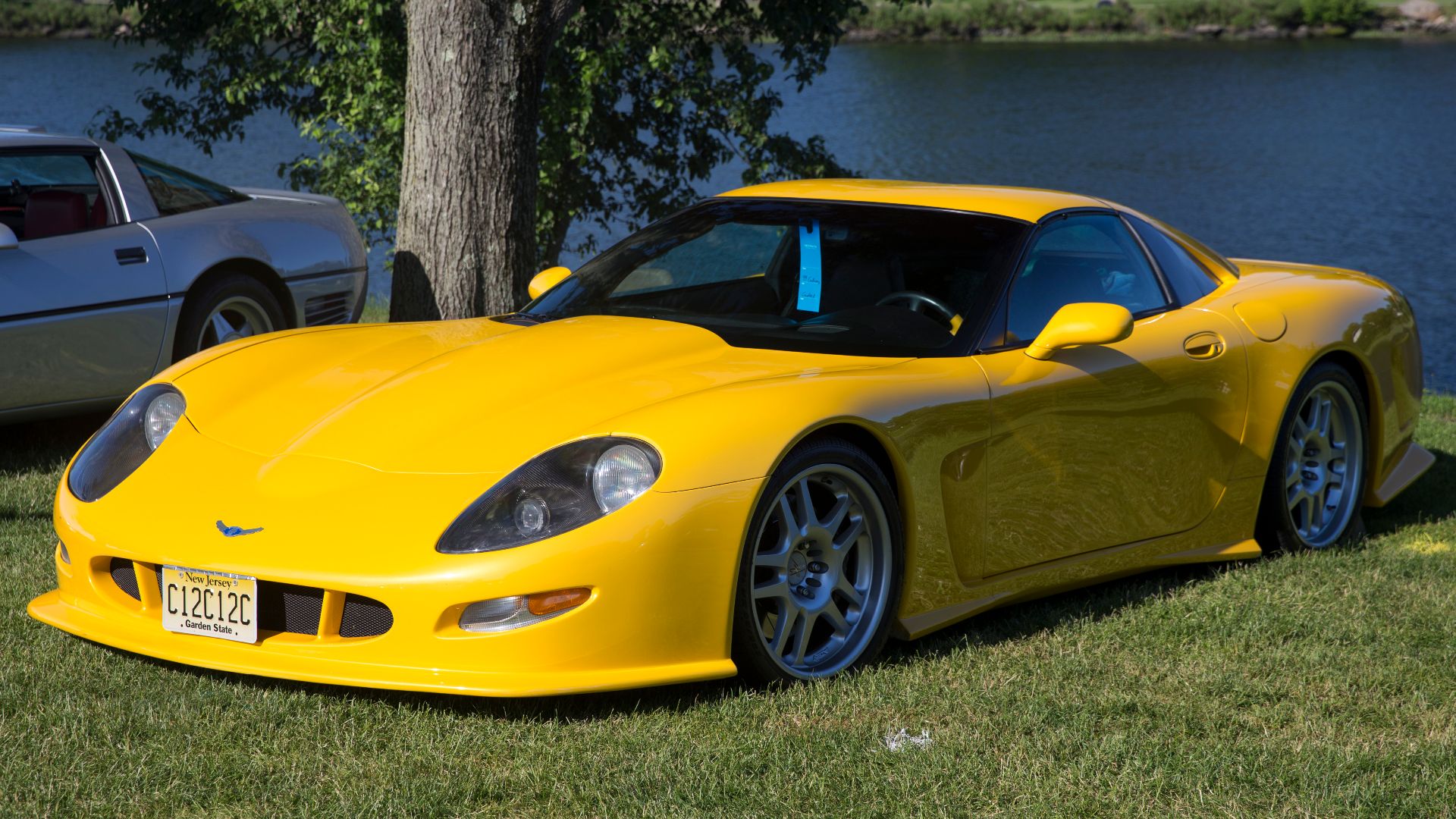 Mr.choppers, Wikimedia Commons
Mr.choppers, Wikimedia Commons
Gillet Vertigo (1990s–2000s)
This ultra-lightweight Belgian creation had 350HP and incredible acceleration—but it looked alien and came from a brand no one had heard of. While impressive on paper, the Vertigo’s flop factor came from its obscurity, offbeat styling, and a total lack of showroom appeal.
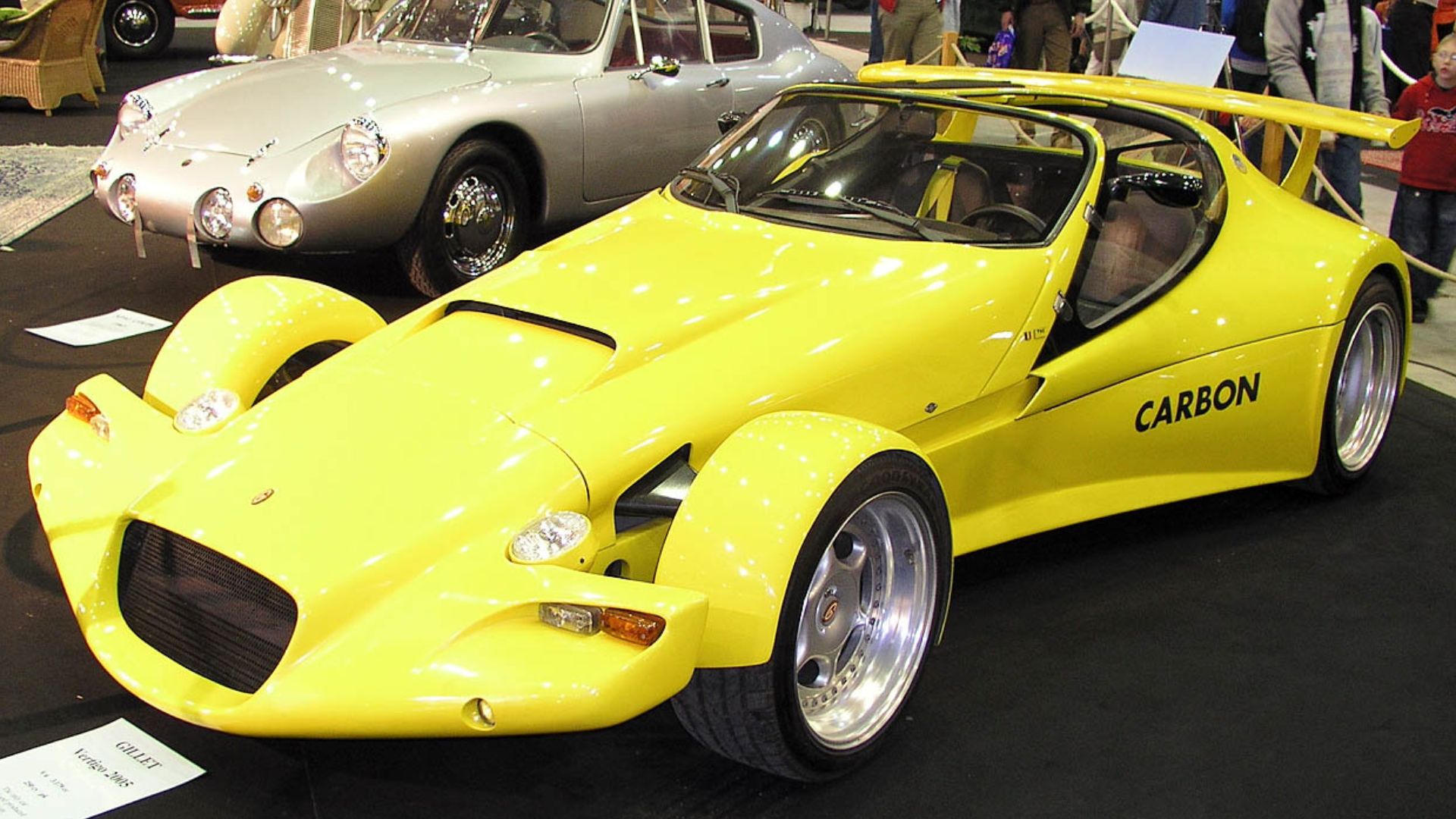 Andre Ritzinger, Wikimedia Commons
Andre Ritzinger, Wikimedia Commons
Dome Zero (1978)
Looking like it drove out of Blade Runner, the Dome Zero was Japan’s most exciting supercar concept of the 1970s. But it never passed emissions or crash standards, meaning it was doomed to remain a dream. The flop factor? Pure visual brilliance lost to legal red tape.
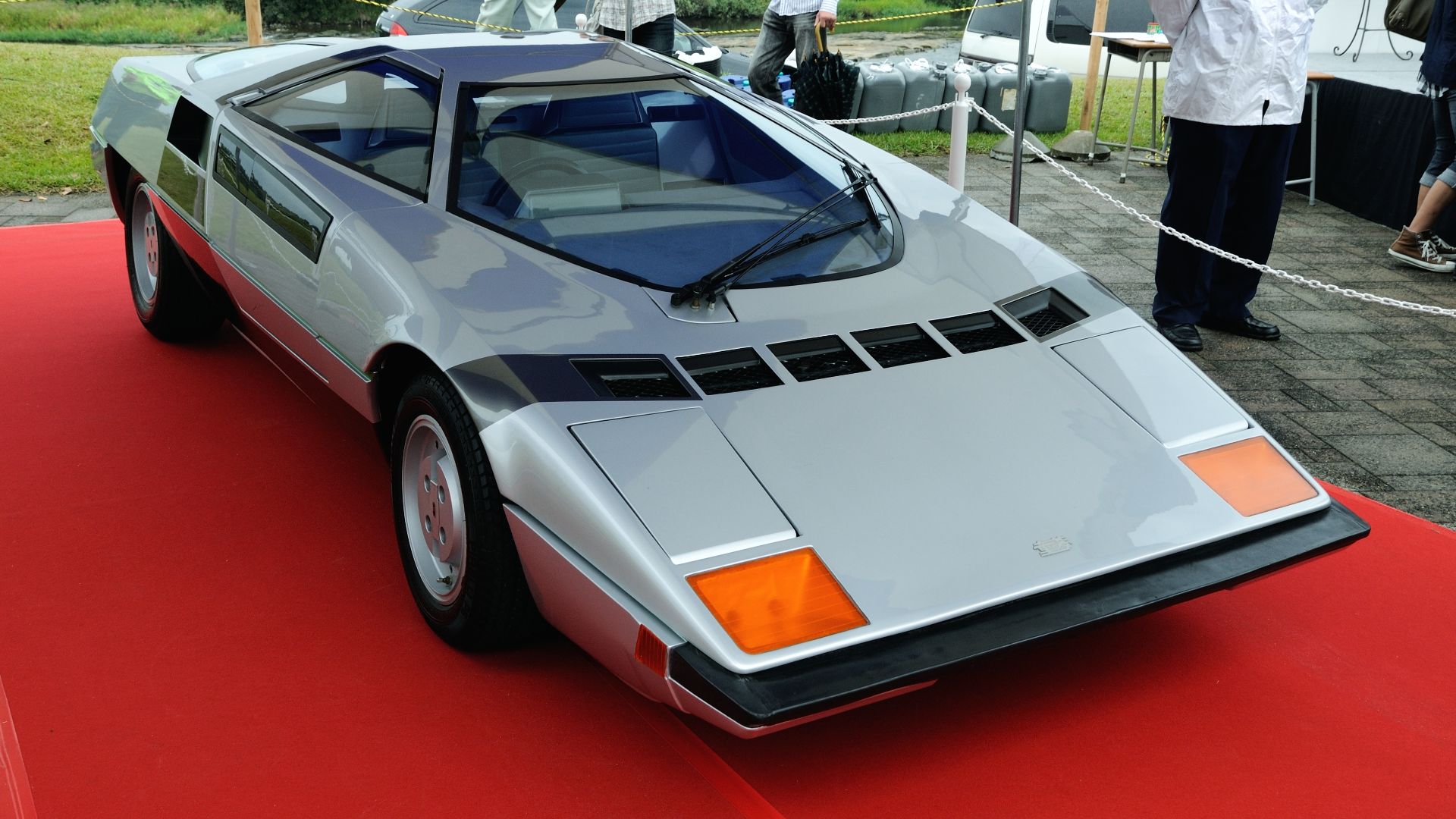 contri from Yonezawa-Shi, Yamagata, Japan, Wikimedia Commons
contri from Yonezawa-Shi, Yamagata, Japan, Wikimedia Commons
Noble M600 (2010s)
With 650HP and a manual gearbox, the M600 was raw, analog, and terrifying. It lacked ABS, traction control, or airbags—and cost over $300K. The flop factor here was noble lunacy: built for purists, but priced for billionaires who never drive their cars hard.
Saleen S7 (2000–2009)
The S7 looked like a Le Mans racer for the road and packed up to 750HP in twin-turbo trim. But its dated interior, quality issues, and lack of brand clout meant most buyers passed. The flop factor? All the power in the world can’t fix bad ergonomics and limited trust.
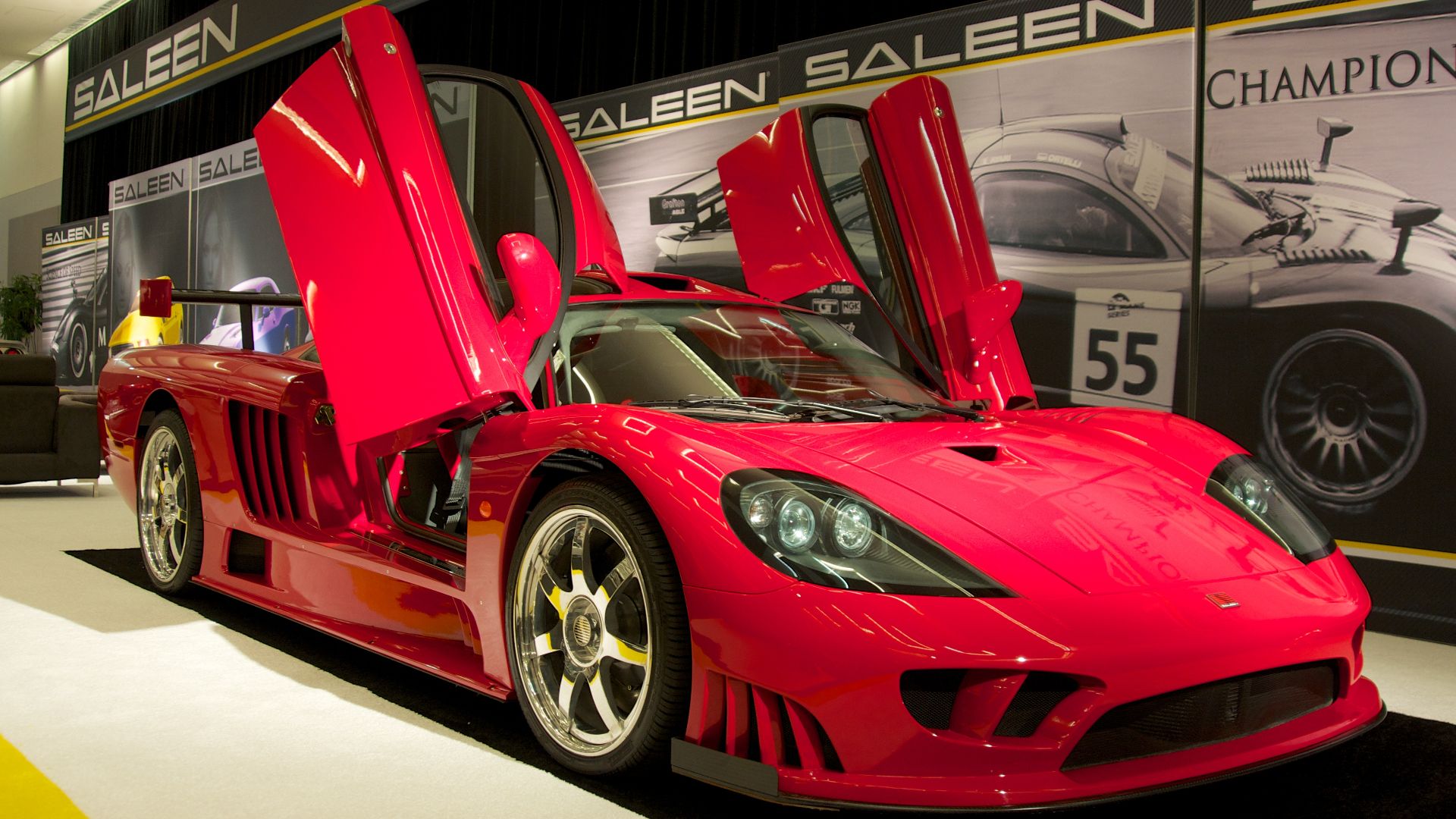 steve lyon from los angeles, ca, usa, Wikimedia Commons
steve lyon from los angeles, ca, usa, Wikimedia Commons
Supercars Gone Sour
Every flop on this list had at least one thing going for it—speed, looks, or ambition. But supercars live or die on the full package. From dangerous engineering to misplaced branding and economic misfires, these cars show that horsepower alone won’t save a flawed design. Even legends can stall.
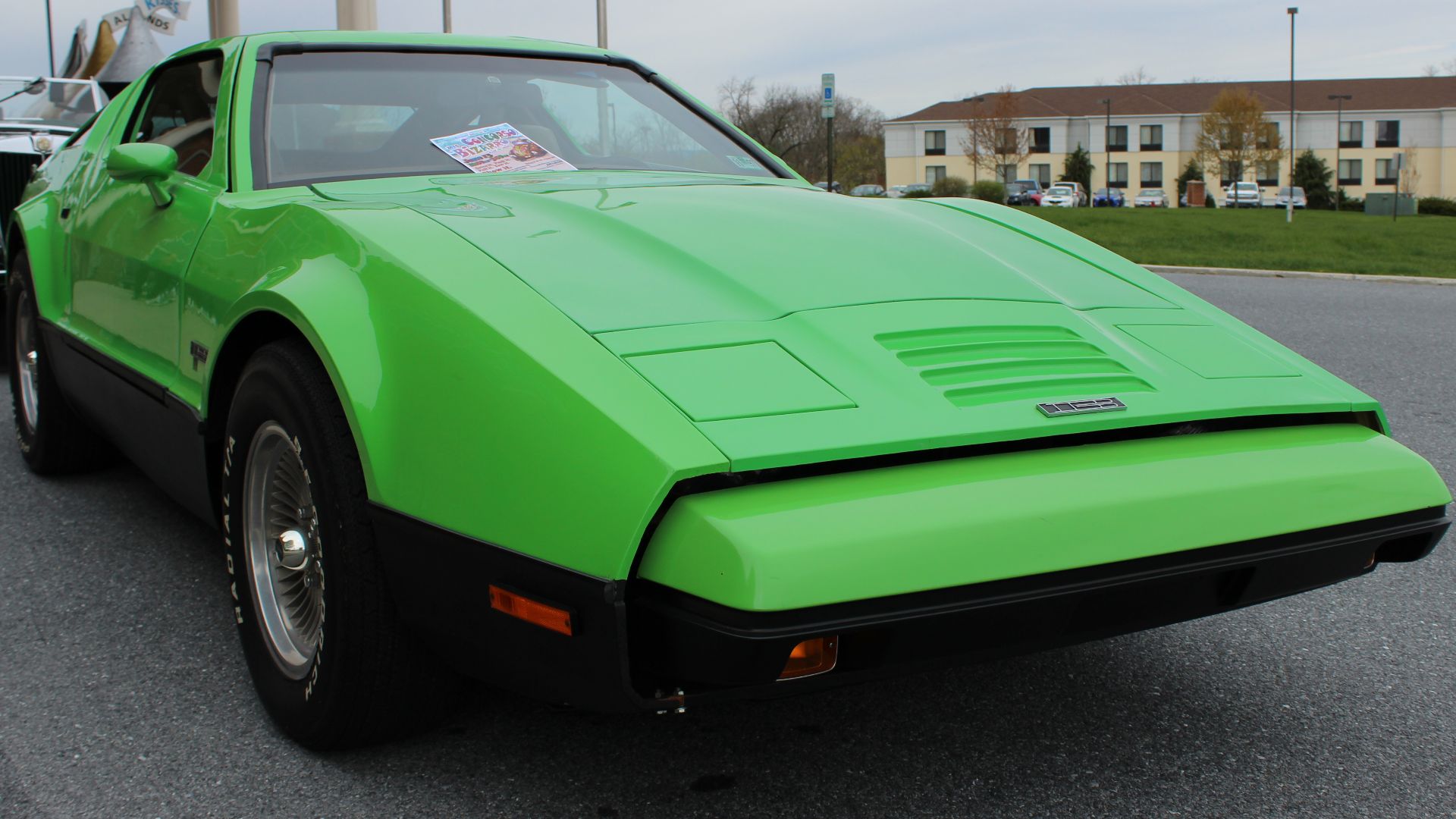 ilikewaffles11, Wikimedia Commons
ilikewaffles11, Wikimedia Commons
You May Also Like:
Frank Sinatra Had The Ultimate Collection Of Crooner Cruisers
The Greatest British-Built V8 Engine Cars Ever

